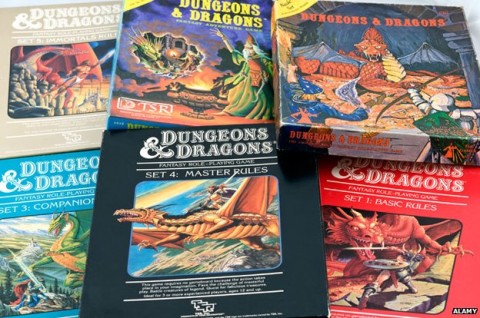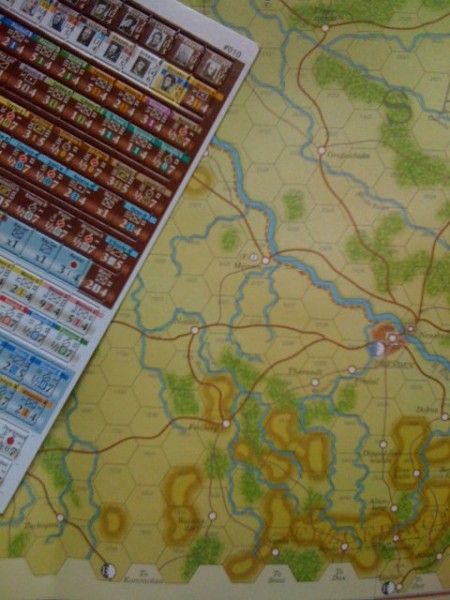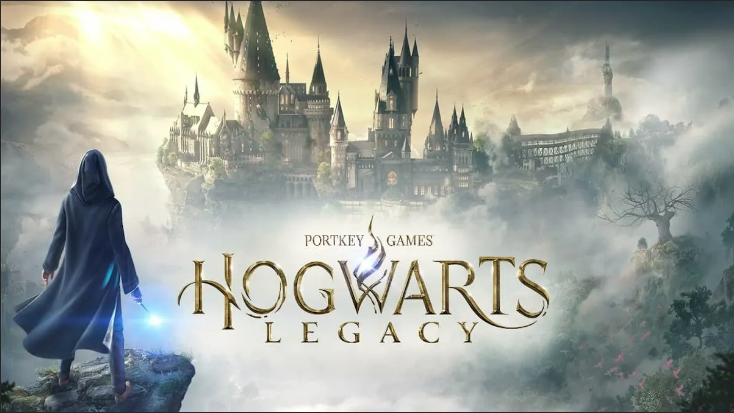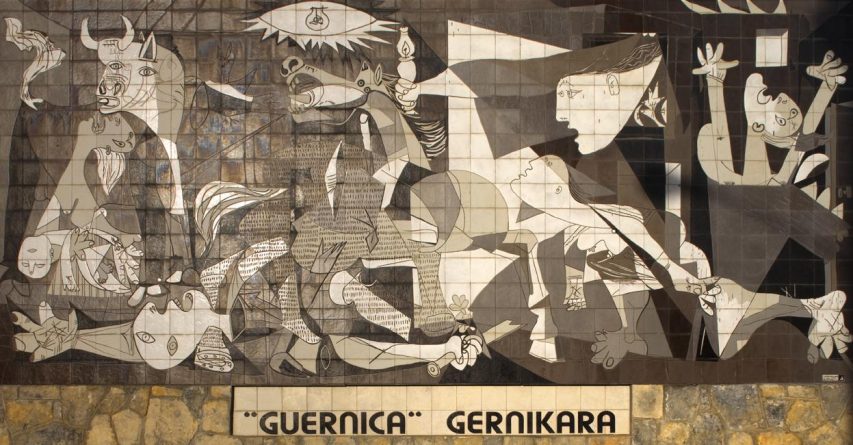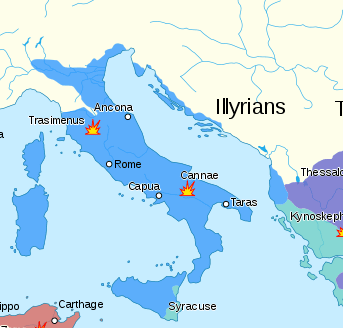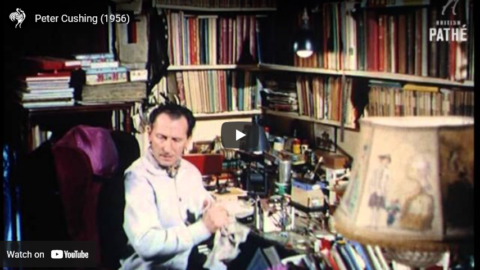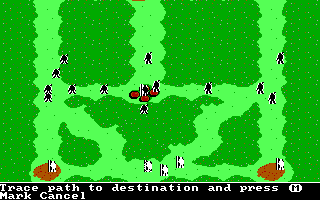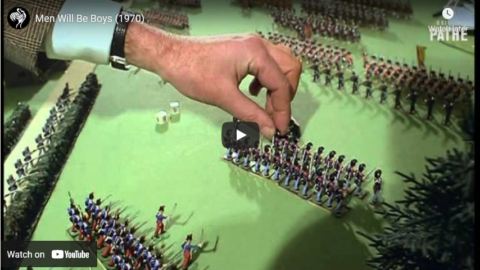Not satisfied with strenuously trying to break the internet for ordinary Canadians, the Trudeau government is now being lobbied to introduce regulation of video games, too:
Bill C-11 may have receded into the background of CRTC consultations and government policy directions, but Canadians concerned with user content, video game and algorithmic regulation would do well to pay attention. Lobby groups that fought for the inclusion of user content regulation in the bill have now turned their attention to the regulatory process and are seeking to undo government assurances that each of those issues – user content, algorithms and even video games – would fall outside of the scope of the regulatory implementation of the bill. In fact, if the groups get their way, Canadians would face unprecedented regulations with the CRTC empowered to create a host of new obligations that could even include requirements for Youtubers and TikTokers to register with the Commission. With a new Heritage Minister in place, the submissions raise serious concerns about whether the government will maintain its commitments regarding scoping out users, video games, and algorithms.
The most troubling publicly available document comes from a coalition that calls itself ACCORD, representing songwriters, composers, and music publishers. The group has posted its submission to the government’s consultation on the draft policy direction to the CRTC on Bill C-11. All submissions are not yet posted, but I should note that I also submitted a brief document, calling on the government to fully honour its commitment to exclude user content and algorithms from regulation and to establish limits on discoverability regulation.
The government’s draft direction had called for “minimizing” algorithmic regulation and the exclusion of user content and video game regulation. The music lobby is now calling on the government to rollback virtually all of its commitments on these issues. The draft direction states:
The Commission is directed not to impose regulatory requirements on
(a) online undertakings in respect of the programs of social media creators, including podcasts; and
(b) broadcasting undertakings in respect of the transmission of video games.
The lobby wants virtually all of this removed, deleting references to online undertakings and video games. Moreover, the directive speaks to Section 4.2, stating:
In exercising its powers under section 4.2 of the Act, the Commission is directed to set out clear, objective and readily ascertainable criteria, including criteria that ensure that the Act only applies in respect of programs that have been broadcast, in whole or in significant part, by a broadcasting undertaking that is required to be carried on under a licence or that is required to be registered with the Commission but does not provide a social media service.
Here too the lobby group wants most of the paragraph deleted. And while the government directed the CRTC to minimize algorithmic regulation for discoverability purposes, the groups wants those limitations removed as well. In short, the lobby groups validate the concerns expressed by thousands of Canadians that Bill C-11 opened the door to the regulation of user content, video games, and algorithms.


